How We Created A Newsletter That Helps Us Close $50k Deals From Cold Leads

We’ve been sending out a weekly newsletter for the last three years, and slowly but surely we’ve amassed a decently large, but extremely loyal readership.
A few fellow SaaS marketers have been asking us for tips on how they can start their own newsletters and this week, we had some time on our hands so we wrote this post based on the few calls that we’ve had about this topic.
In this post, I’m going to primarily answer two questions:
- Why you should start a newsletter (this is where I talk about the $50k deals)
- What sort of content you should include in your newsletter
Before I actually begin with the post, I want to make it super clear that the content in this post is purely based on our experience, and is in no way a guaranteed formula.
Why start a newsletter?
When we started, we kinda just did it for the sake of it.

It was a thing that a lot of SaaS startups were doing and we vaguely knew that it could help us keep leads engaged but we didn’t really have a concrete idea of what we were achieving through the newsletter.
This is a bad way to approach a newsletter.
It worked out for us in the end, but I’m sure that if we had started our newsletter with a more structured idea of its overall purpose, it would have taken about half the time to reap value from it.
So with that, here are three tangible sources of value that I think you should be aware of before you start your newsletter:
Keeping Leads Warm
Your prospects are signing up for a whole bunch of shit every single day. Unless they connect with your product on a deep level (which is unlikely), they are going to forget that it exists like 30 minutes after they leave your page.
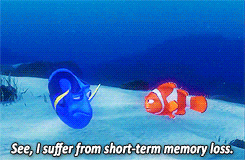
If you can get them subscribed to your newsletter, however, you can prevent this from happening, because your leads will be re-engaged with your content every single week.
Now, to be clear, this isn’t a guarantee and in most cases, your leads will either not sign up for your newsletter, not open your newsletter, or unsubscribe after the first issue.
But, even if you can convert a tiny fraction of your leads every single day/week/month into semi-consistent readers, you’re in good shape, because you’re generating an email list (albeit slowly) of people who know exactly what your product does.

This list is super valuable because converting warm leads is considerably easier than converting cold ones.
I like to think of our newsletter subscribers as being in the Consideration stage of Hubspot’s buyer journey.
Since they already know who you are, newsletter readers are more likely to respond to your sales outreach than non-subscribers and in the slight chance that they schedule a product demo, your pitch becomes dramatically easier because you don’t have to explain what your product does.
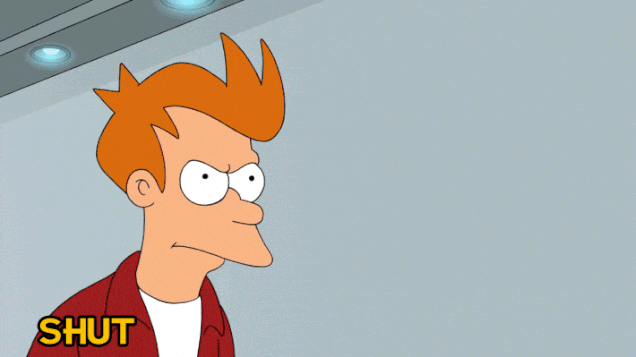
To give you a tangible example of this value in action, a few months ago, one of our semi-regular newsletter readers really liked one of our blog posts, responded to our newsletter with a few questions, shared it around their company and now we have signed a $50k/year contract with them based on that conversation.
If we approached the same person through cold outreach or if we did not encourage them to signup for our newsletter in the first place, this contract would not have happened.
Structuring Your Content Cycle
I’ll get into more detail about this in the next section of this post, but we look at our newsletter as an extension of our blog.
In this capacity, the newsletter serves a dual role. The first, obviously, is to bring visibility to our blogposts. The second, less obvious but equally important purpose, is to bring rigor to the content creation process.

Because the newsletter is a weekly fixture, I know that I have to complete at least one blogpost every single week.
A failure to do so means that I have nothing to share in the newsletter, denying me of all those wonderful benefits I was talking about in the previous section.
Further still, this regularity yields compounding benefits over time
The regularity which the newsletter has imposed on our content cycle has helped us quickly identify (and fix) inefficiencies in our content creation processes.

This added efficiency has helped us save time and has lead to a considerable increase in our content creation output. We now send 2 newsletter editions each containing 2 blogposts, every single week (i.e. output increased from 1 blogpost every week to 4 blogposts every week ).
Establishing Authority
Over time, we’ve found that a lot of journalists, fellow startup founders, casual chatbot enthusiasts, and even competitors signup for our newsletter.
While these sorts of subscribers won’t turn into paying customers, they can be useful in other ways.
For example, our newsletter has helped us establish ourselves as chatbot authorities for a lot of our subscribers, which in turn has helped us get inbound content collaboration requests from startups that sell to a similar cohort of prospective customers.
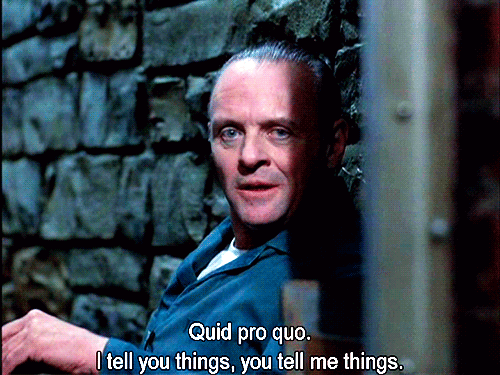
This is certainly an auxiliary benefit, but if you’ve ever gone out hunting for guest posting opportunities you’ll know that it is soul-crushing so having the newsletter bring those opportunities to us has saved us a lot of hassle.
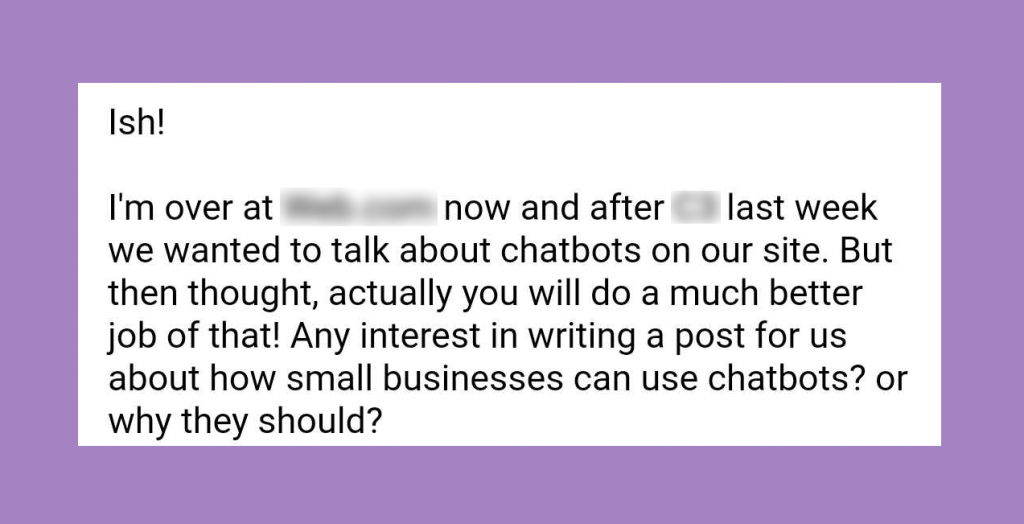
What to send in your newsletter?
Ok, so you’re convinced that you want to start a newsletter.
Now you have to figure out what actually goes into the newsletter.
On this front, there are two broad considerations that you have to make:
What content you are going to share through your newsletter

Alright, this consideration is a bit of a misnomer.
At its core, a newsletter is a distribution system for your regular content, so if you are thinking about what content to share in your newsletter before having that content in place, you are putting the cart before the horse.
For us, our newsletter is an extension of our blog.
Every single blogpost that we create gets an 80 point checklist on a Trello card.

And the last 10 checklist items on those cards are dedicated to post-publish content creation, which is code for the newsletter (and linkedin posts that we spin off from the newsletter).

To be clear, this doesn’t mean that you need to spend years creating a blog before you can start a newsletter. Rather, you should at least have a general sense of what sort of content your ideal reader likes to and whether you have the bandwidth to create that sort of content on a weekly basis.
In our case, we first published a handful of blogposts, got a sense of what it took to create them from scratch, sourced feedback from other founders in our space (LinkedIn outreach is great for this) and posted it on a couple of Facebook groups to gauge interest.
What is your actual newsletter copy going to look like
Once you have a sense of what content you’re going to consistently share through your newsletter you can start thinking about what the actual newsletter copy.
This is where you can get really creative.
In my experience, people really like it when your newsletter copy is as entertaining as possible.
This is obviously a very subjective goal to aim for but in our case, humor has been an effective way to keep our readers entertained.
We started out with a light sprinkling of zeitgeisty references in the opening para of our MailChimp template.
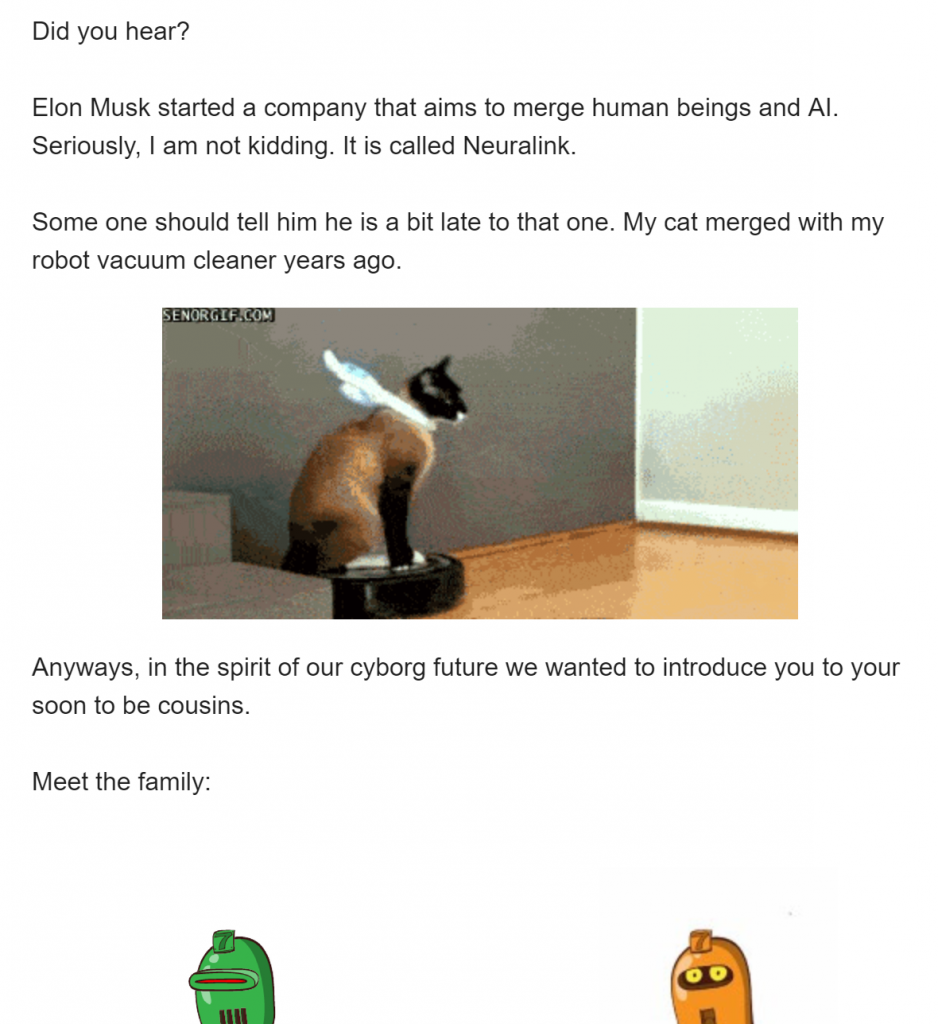
Moved on to funny bots with hilariously bad icons.
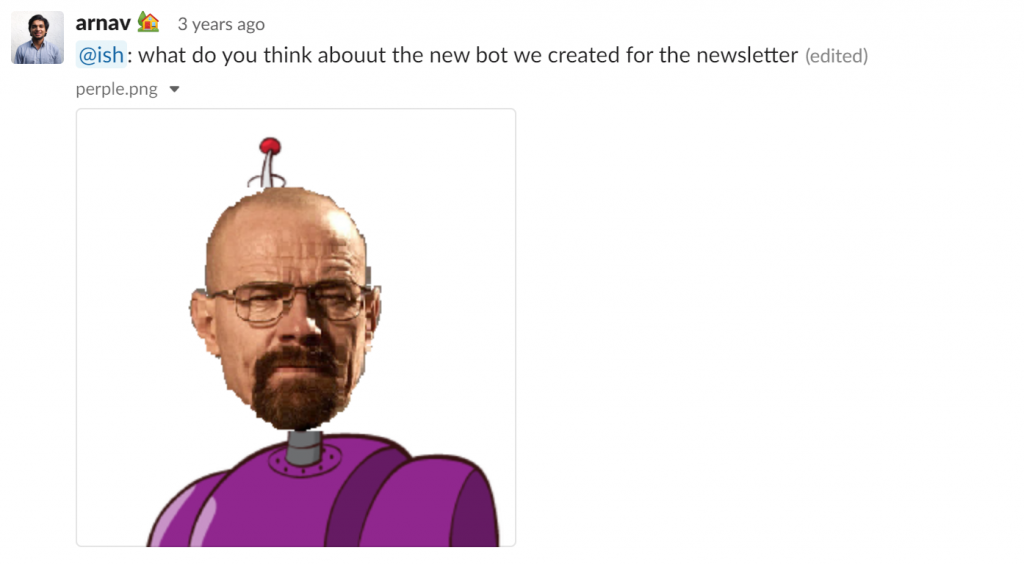
Then we even tried moving entire newsletter copy into a funny chatbot conversation and just shared a bot link I the email body.
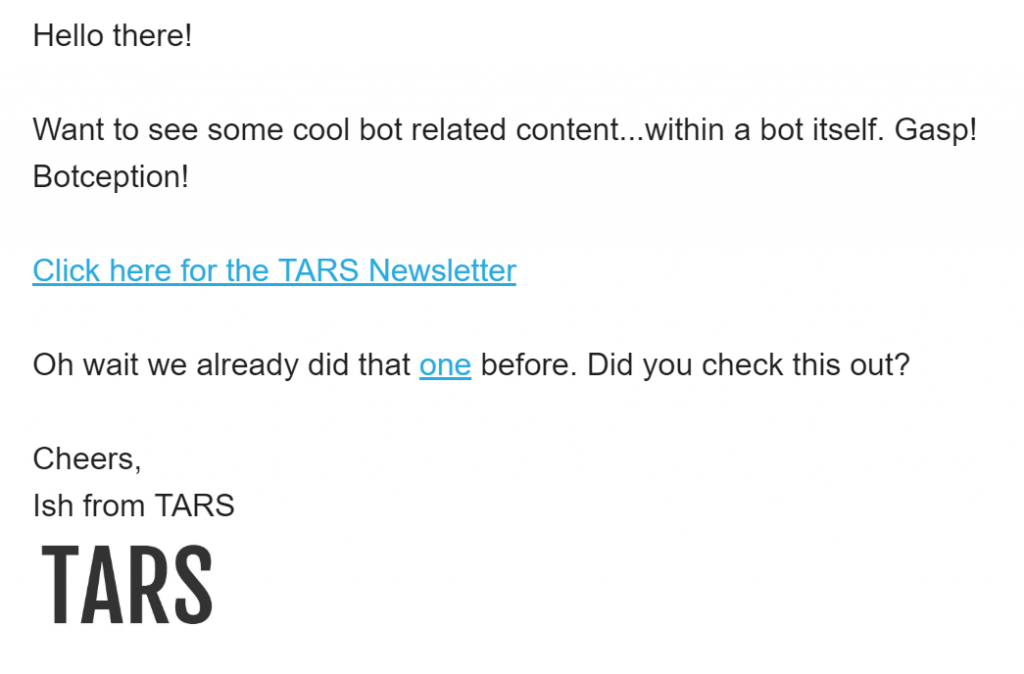
When we realized that was a bit gimmicky we switched back to longer form newsletters and kept adding more jokes and more gifs to the copy till we arrived at the current incarnation of our newsletter: an esoteric world-building exercise where we spin bizarre, GIF-laden stories where a rotating cast of TARS employees zap interns into alternate dimensions…
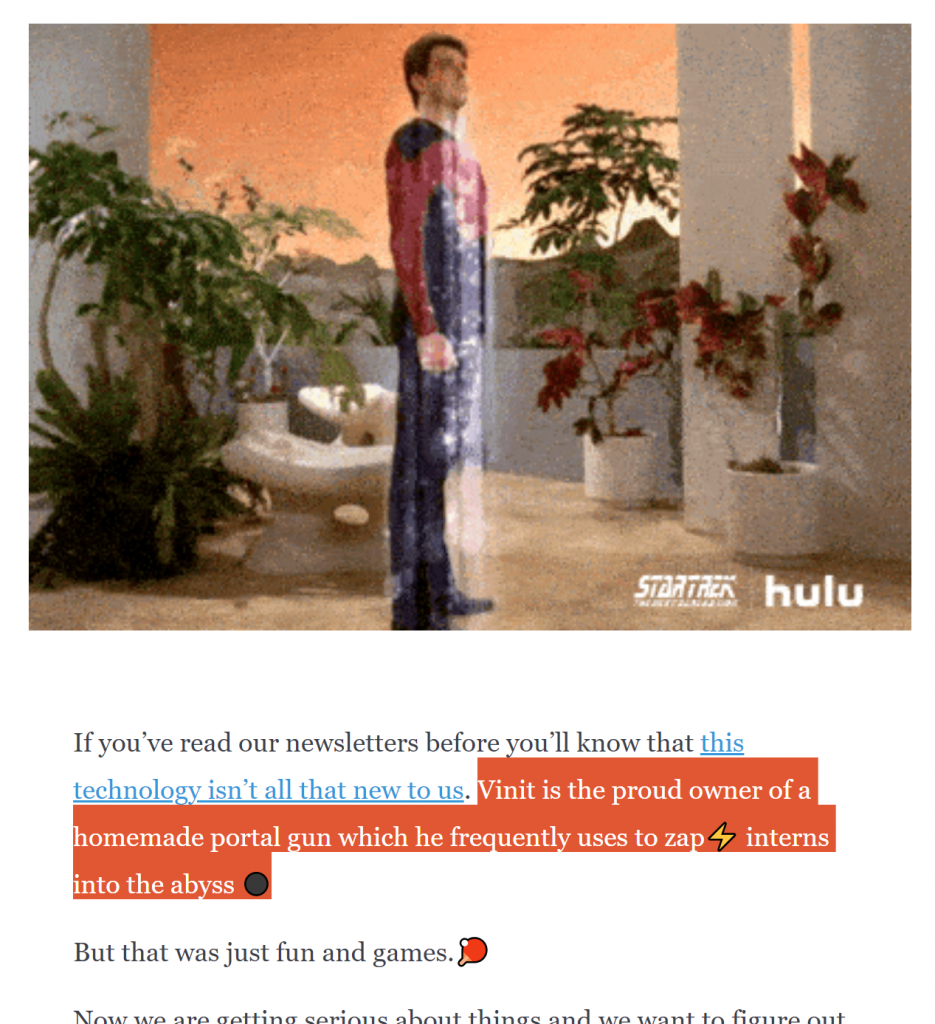
Help Leonardo Di Caprio start a business…
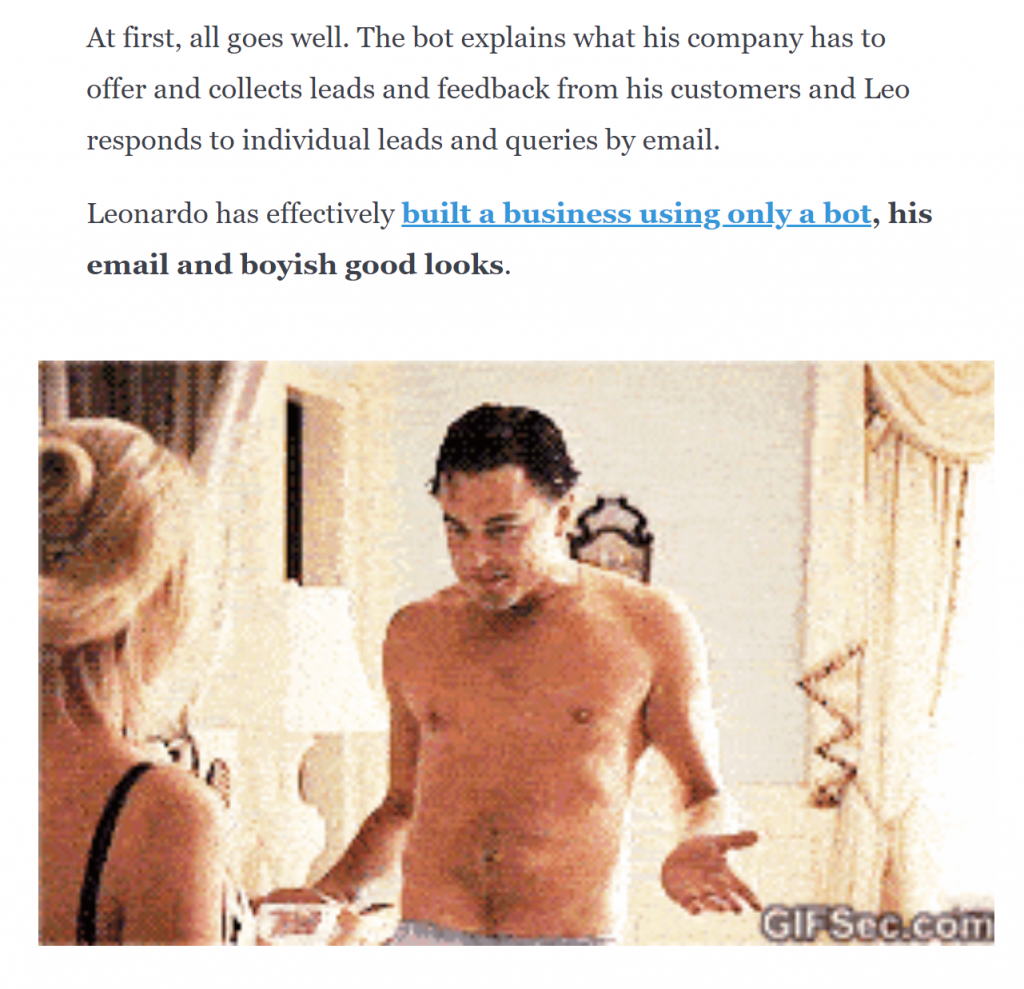
Make contact with a colony of ultra-intelligent squirrels that like barbeque.
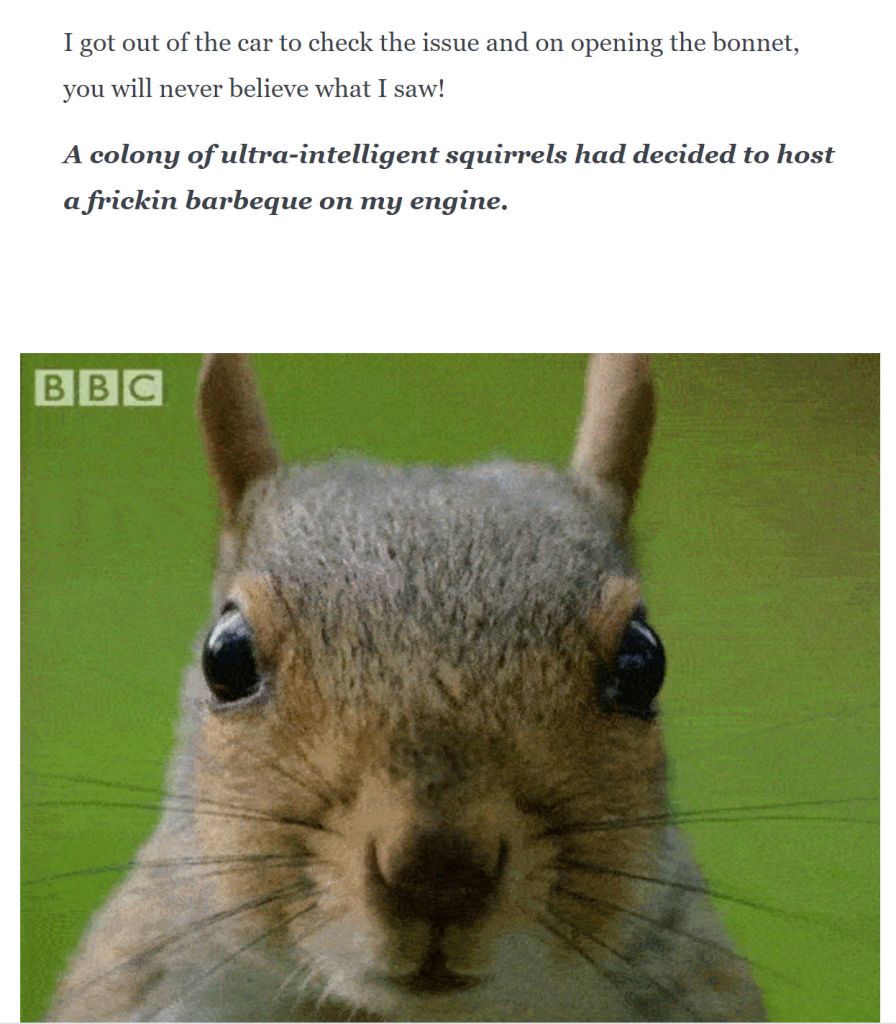
And has ridiculous arguments like this one
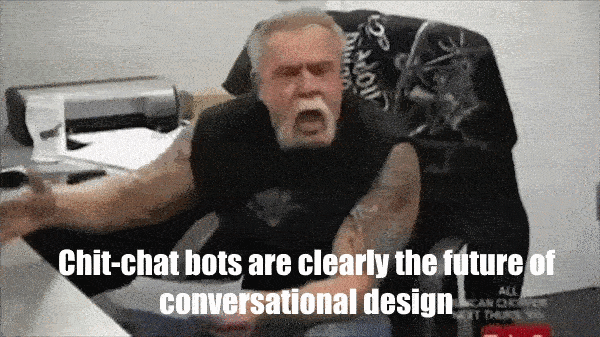
Now the obvious next question is how do you come up with entertaining content on a weekly basis?
For the most part, there isn’t really a fixed answer for this. You kinda have to let your imagination run free for this part.
That being said, I have found two general guidelines to be helpful while we have developed our newsletter tone:
First, write content that you would read. Your readers aren’t as different from you as you might think so there’s a good chance that your readers will like that content too.
All of the weird iterations I mentioned above, for example, were things that people on the TARS team thought would be funny, and unsurprisingly our readers found it funny
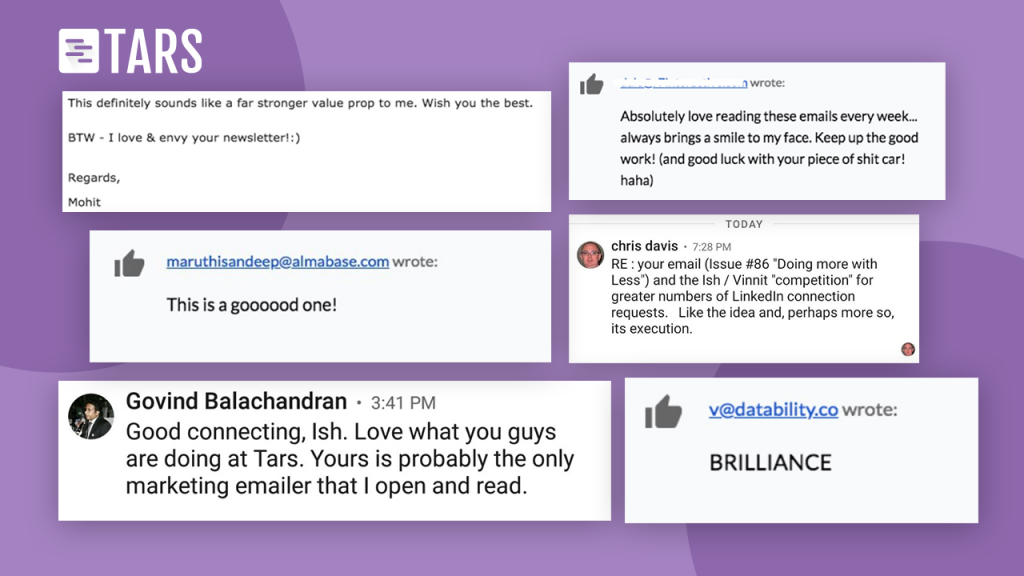
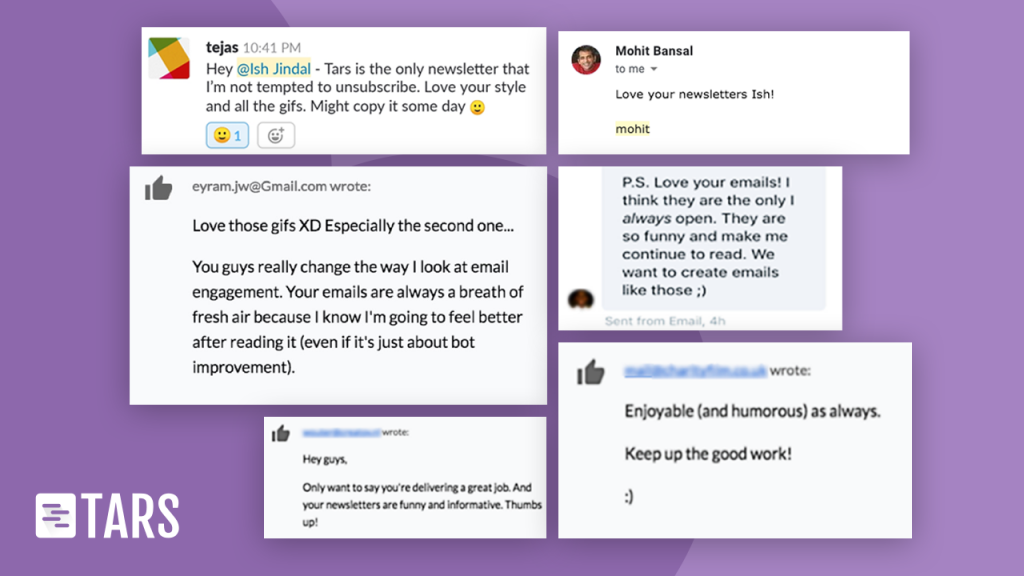
And second, feed your imagination. All the best artists in the world have sources of inspiration and as a newsletter creator, you should too.
I guarantee this will help you create better copy because related to the previous point, you can’t write content that you like if you aren’t sure of what you like.

At TARS, for example, we consume a shit load of YouTube videos, and podcasts and that helps us stay in touch with what we find funny, which in turn helps us create funny newsletters.
Right now, I’m obsessed with a podcast called hello from the magic tavern that relies on the same strain of 14-year-old humor that we strive to incorporate in our newsletters, and listening to it helps me contribute ideas to our newsletter.
If you don’t have time for longer form content scroll through memes, gifs, social media, anything that can give your mind something to work with.
When I can’t think of an idea for a newsletter, for example, I try to draw out a single theme I can run with from the blogpost we are sharing, and then check GIPHY for gifs around that theme to flesh out the rest of the story.
One more thing…
Putting yourself out there can be scary af.
I am absolutely terrified of social media for example and even though we make a bunch of LinkedIn videos now, I still don’t feel particularly comfortable in front of the camera.
If you feel that way about newsletters, that’s totally fine! First, you really don’t have to do a newsletter just because everyone else is doing one.
There are plenty of other ways to see some of those benefits I was talking about earlier that don’t involve email blasting thousands of people.
If you’re still insistent on creating a newsletter just keep in mind that of all the marketing channels out there, building an email has the lowest stakes because at worst the reader will unsubscribe.

Past that I really can’t really think of anything else to say, so I’ll end it there!
If you have any more questions, feel free to send them to arnav@hellotars.com or ish@hellotars.com.
Arnav is the Director of Content Marketing at Tars. He spends most days building bots, writing about conversational design and scrolling through Giphy’s trending section looking for the gifs that go into the Tars Newsletter.


Learn why businesses trust us to automate their pre-sales and post-sales customer journeys.
Recommended Reading: Check Out Our Favorite Blog Posts!
Recommended Reading: Check Out Our Favorite Blog Posts!
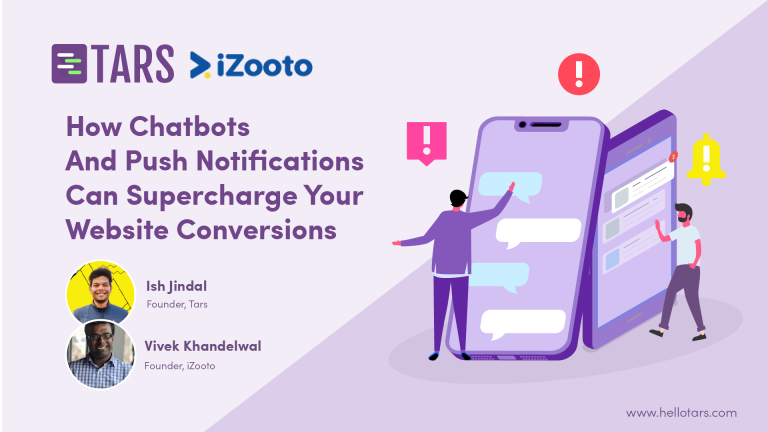
[Webinar] How Chatbots And Push Notifications Can Supercharge Your Website Conversions

Reduce PPC Spend in 2019 While Still Driving Exceptional Results
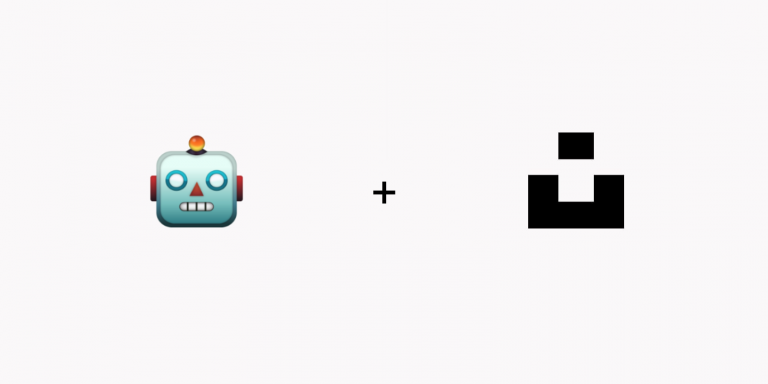
Why We Created the (Unofficial) Unsplash Chatbot
Our achievements in numbers

7+
years in the Enterprise Conversational AI space

700+
global brands that we’ve worked with

50m+
customer conversations automated

10+
countries with deployed Chatbots